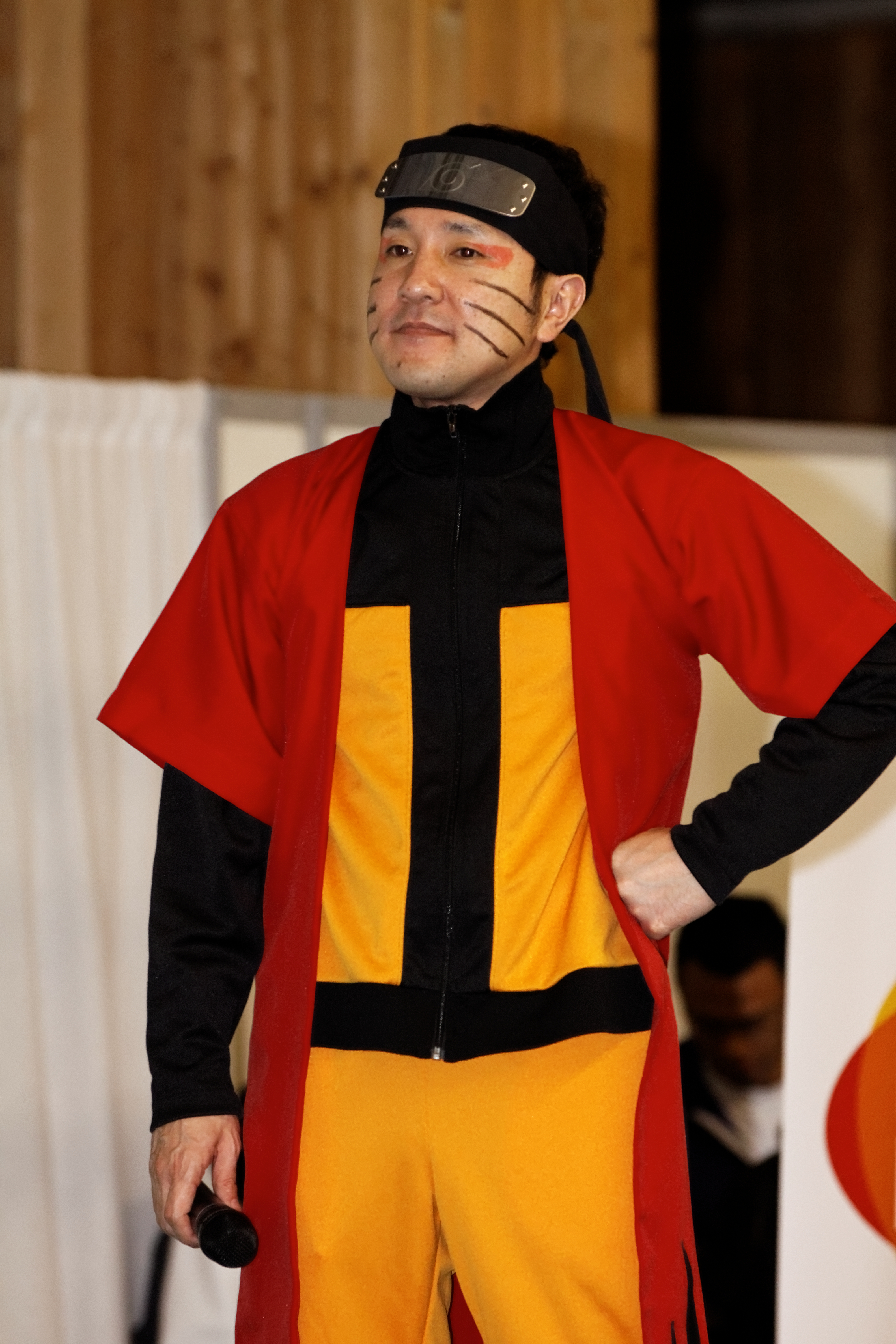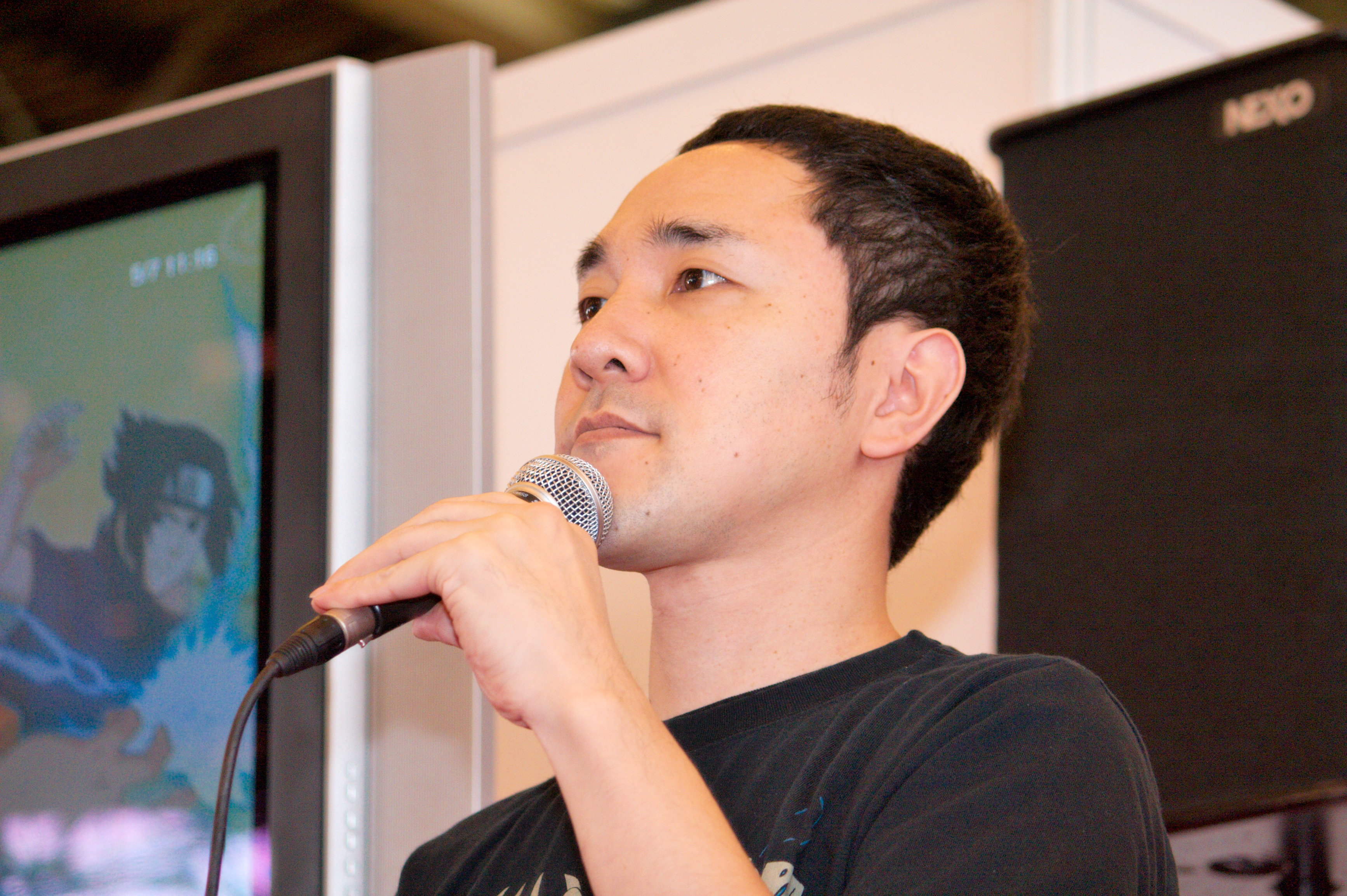|
Kite (.hack)
, also known as "Kite of the Azure Flame", is a fictional character from CyberConnect2's video game series ''.hack''. Introduced in '' .hack//Infection'' (2002), Kite is player character avatar in a fictional massively multiplayer online role-playing game (MMORPG) known as "The World". Kite's whose school-friend Yasuhiko, who uses the alias Orca, introduces Kite to The World. When Orca is killed in combat by an unknown enemy, Yasuhiko falls into a coma. Kite forms a team in The World to investigate Orca's case alongside those of other players to whom the same fate befalls after similar encounters. Kite also appears in finale of the series' anime sequel '' .hack//Sign'' and in a manga adaptation of the games. Although the teenager behind Kite leaves The World in following games, his avatar was used to create characters who appear in sequels. Kite was created by CyberConnect2 CEO Hiroshi Matsuyama and writer Kazunori Itō, who aimed to create a character who is immersed in an MMOR ... [...More Info...] [...Related Items...] OR: [Wikipedia] [Google] [Baidu] |
Hiroshi Matsuyama
, born in 1970 in Fukuoka, is a Japanese game designer. He is the CEO of the company CyberConnect2. He developed multiple games including the ''.hack'' franchise as well as adaptations of the anime series including ''Naruto'' and ''Dragon Ball''. Besides developing games, Matsuyama has participated in directing two ''.hack'' films as well as voicing a character from the series. Early life As a child, Matsuyama was interested in anime and manga. He dreamed of becoming a mangaka for the ''Weekly Shonen Jump'' magazine. When growing up, he graduated from a university in Fukuoka. Following his graduation, Matsuyama joined a manga club. He went to Kyushu Sangyo University but had not decided what would be his job. Believing he was naive, Matsuyama became an employee for a cement company. He later joined a friend who was working for Taito in Tokyo. Around this time, Matsuyama decided to work for a game company. They gathered in Fukuoka, and started the company called CyberConnect. By the ... [...More Info...] [...Related Items...] OR: [Wikipedia] [Google] [Baidu] |
Haseo
, real name , is a fictional character in the ''.hack'' franchise first introduced as the main character in the video game trilogy '' .hack//G.U.'' in 2006 by CyberConnect2. He is also the lead character in the anime television series '' .hack//Roots'' by Bee Train. A player character from the fictional massively multiplayer online role-playing game ''The World'', he is feared in the ''.hack//G.U.'' narrative as the player killer of all player killers. This earned Haseo the nickname . Searching for the killer Tri-Edge, who sent his friend Shino into a coma in real life, Haseo comes into contact with the guild G.U.. They seek to use his PC (player character) to destroy AIDA, a computer anomaly responsible for leaving players in a coma. Haseo's appearances in ''.hack//Roots'' depict his early days in ''The World'' as a member of the Twilight Brigade guild led by Ovan, where he first meets Shino. He has also appeared in other printed adaptations based on the ''.hack//G.U.'' games. Ha ... [...More Info...] [...Related Items...] OR: [Wikipedia] [Google] [Baidu] |
Omake
''Omake'' (, usually written ) means ''extra'' in Japanese language, Japanese. Its primary meaning is general and widespread. It is used as an anime and manga term to mean "extra or bonus." In the United States, the term is most often used in a narrow sense by anime fans to describe special features on DVD releases: deleted Scene (film), scenes, interviews with the actors, "the making of" documentary clips, outtakes, amusing bloopers, and so forth. However, this use of the term actually predates the DVD Recording medium, medium by several years. For at least the past fifty years in Japan, ''omake'' of small character figurines and toys have been giveaways that come with soft drinks and candy and sometimes the ''omake'' is more desired than the product being sold. In English, the term is often used with this meaning, although it generally only applies to features included with anime, ''tokusatsu'', and occasionally manga. It is thus generally limited to use amongst fans of Japan ... [...More Info...] [...Related Items...] OR: [Wikipedia] [Google] [Baidu] |
Chibi (slang)
Chibi, also known as super deformation, or S.D. is a style of caricature originating in Japan, and common in anime and manga where characters are drawn in an exaggerated way, typically small and chubby with stubby limbs, oversized heads, and minimal detail. The style has found its way into the anime and manga fandom through its usage in manga works. Word usage and etymology The English term "chibi" derives from the Japanese , where is a colloquial word for very short people and children, itself deriving from , and is loaned from the English "character." "Super deformed" and "S.D." come from Japanese , itself from French . Proportions and appearance Compared to the average anime character, usually about seven to eight heads tall, the head of a super-deformed character is normally anywhere between one third and one half the character's height. In addition to their modified proportions, super-deformed characters typically lack the detail of their normal counterparts. As a res ... [...More Info...] [...Related Items...] OR: [Wikipedia] [Google] [Baidu] |
Bee Train
, commonly referred to simply as Bee Train, is a Japanese animation studio founded by Kōichi Mashimo in 1997. Since their involvement with '' Noir'', '' .hack//Sign'', and ''Madlax'' (among other series) they have a strong following in the yuri fandom for being involved in series portraying strong female leads with speculatively ambiguous relationships. History The studio Bee Train was founded on June 5, 1997, by Kōichi Mashimo, who was previously a director at Tatsunoko Productions and the founder of Mashimo Jimusho, a small freelance staff working for other studios. Originally, Bee Train was a subsidiary of Production I.G along with Xebec but in February 2006, it ended its relationship and became independent. Koichi Mashimo's goal when he founded Bee Train was to create a "hospital for animators", an animation studio interested in nurturing young talents and artistic quality of production rather than in corporate strategies and profit. This studio-as-hospital approach was alle ... [...More Info...] [...Related Items...] OR: [Wikipedia] [Google] [Baidu] |
Original Video Animation
, abbreviated as OVA and sometimes as OAV (original animation video), are Japanese animated films and series made specially for release in home video formats without prior showings on television or in theaters, though the first part of an OVA series may be broadcast for promotional purposes. OVA titles were originally made available on VHS, later becoming more popular on LaserDisc and eventually DVD. Starting in 2008, the term OAD (original animation DVD) began to refer to DVD releases published bundled with their source-material manga. Format Like anime made for television broadcast, OVAs are sub-divided into episodes. OVA media (tapes, laserdiscs or DVDs) usually contain just one episode each. Episode length varies from title to title: each episode may run from a few minutes to two hours or more. An episode length of 30 minutes occurs quite commonly, but no standard length exists. In some cases, the length of episodes in a specific OVA may vary greatly, for example in '' Gao ... [...More Info...] [...Related Items...] OR: [Wikipedia] [Google] [Baidu] |
Net Slum
''.hack'' (pronounced "Dot Hack") is a Japanese multimedia franchise that encompasses two projects: Project .hack and .hack Conglomerate. They were primarily created and developed by CyberConnect2, and published by Bandai Namco Entertainment. The series features an alternative history setting in the rise of the new millennium regarding the technological rise of a new version of the internet following a major global computer network disaster in the year 2005, and the mysterious events regarding the wildly popular fictional massively multiplayer online role-playing game ''The World''. The series mainly comprises anime and video game titles which have been subsequently adapted into manga, novels, and other related media. Project .hack Project .hack was the first project of the ''.hack'' series. It launched in 2002 with the anime series '' .hack//Sign'' in April 2002 and the PlayStation 2 game '' .hack//Infection'' in June 2002. Project developers included Koichi Mashimo (Bee Tra ... [...More Info...] [...Related Items...] OR: [Wikipedia] [Google] [Baidu] |
Artificial Intelligence
Artificial intelligence (AI) is intelligence—perceiving, synthesizing, and inferring information—demonstrated by machines, as opposed to intelligence displayed by animals and humans. Example tasks in which this is done include speech recognition, computer vision, translation between (natural) languages, as well as other mappings of inputs. The ''Oxford English Dictionary'' of Oxford University Press defines artificial intelligence as: the theory and development of computer systems able to perform tasks that normally require human intelligence, such as visual perception, speech recognition, decision-making, and translation between languages. AI applications include advanced web search engines (e.g., Google), recommendation systems (used by YouTube, Amazon and Netflix), understanding human speech (such as Siri and Alexa), self-driving cars (e.g., Tesla), automated decision-making and competing at the highest level in strategic game systems (such as chess and Go). ... [...More Info...] [...Related Items...] OR: [Wikipedia] [Google] [Baidu] |
Skeith ( franchise.
{{disambig ...
Skeith can mean: * Skeith, a Neopet * Skeith (.hack), a fictional character from the .hack ''.hack'' (pronounced "Dot Hack") is a Japanese multimedia franchise that encompasses two projects: Project .hack and .hack Conglomerate. They were primarily created and developed by CyberConnect2, and published by Bandai Namco Entertainment. ... [...More Info...] [...Related Items...] OR: [Wikipedia] [Google] [Baidu] |



